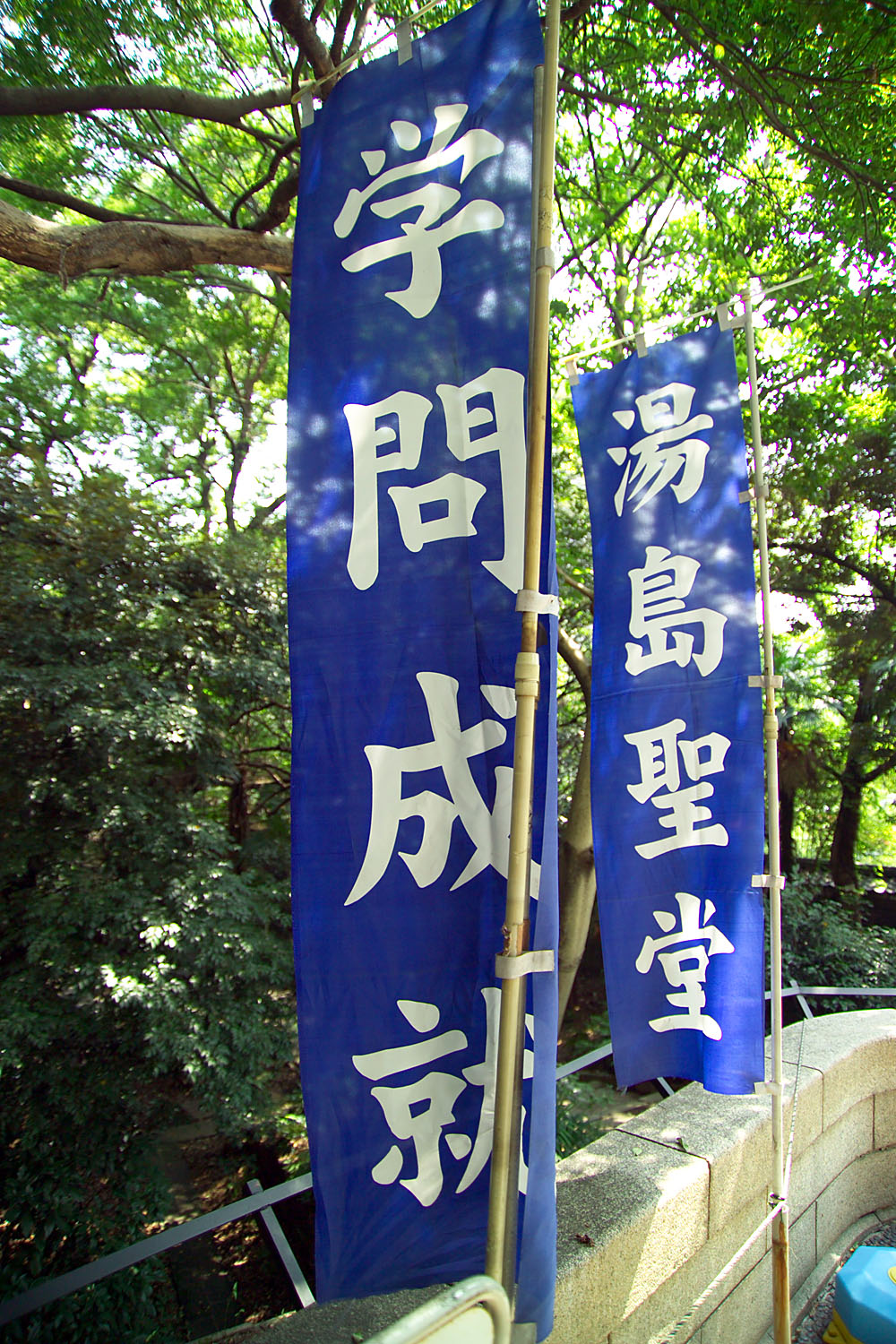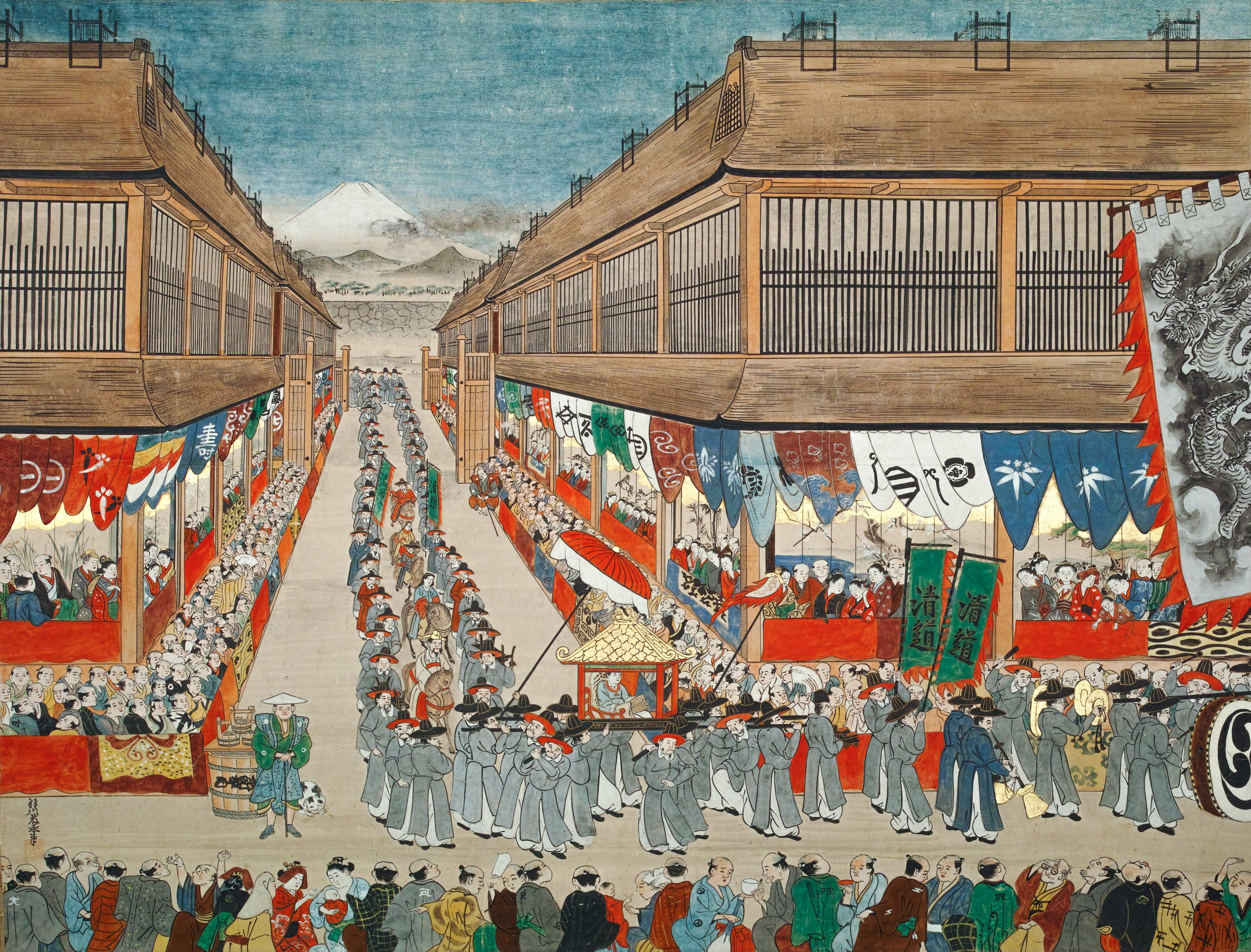|
Jo Tae-eok
Jo Tae-eokKim, Tae-Jun. (2006) ''Korean Travel Literature.'' p. 119./ref> (; 1675 – 5 November 1728), also known as Cho T'aeŏk,Walraven, Boudewijn ''et al.'' (2007). ''Korea in the middle: Korean studies and area studies; Essays in Honour of Boudewijn Walraven,'' p. 361; Titsingh, Issac. (1934)''Annales des empereurs du japon,'' p. 416 n.b., the name ''Tota Yokf'' is a pre-Hepburn Japanese transliteration and ''Tchao ta ỹ'' is a pre-McCune–Reischauer, Korean romanization devised by Julius Klaproth and Jean-Pierre Abel-Rémusat in 1834. was a scholar-official and Jwauijeong of the Joseon Dynasty Korea in the 18th century. He was also diplomat and ambassador, representing Joseon interests in the 8th Edo period diplomatic mission to the Tokugawa shogunate in Japan. 1711 mission to Japan In 1711, King Sukjong of Joseon directed that a mission to the shogunal court of Tokugawa Ienobu should be sent to Edo Edo ( ja, , , "bay-entrance" or "estuary"), also romani ... [...More Info...] [...Related Items...] OR: [Wikipedia] [Google] [Baidu] |
Joseon Missions To Japan
Joseon missions to Japan represent a crucial aspect of the international relations of mutual Joseon-Japanese contacts and communication. In sum, these serial diplomatic ventures illustrate the persistence of Joseon's '' kyorin'' (neighborly relations) diplomacy from 1392 to 1910. The chronology of one side in a bilateral relationship stands on its own. This long-term, strategic policy contrasts with the ''sadae'' (serving the great) diplomacy which characterized the Joseon-Chinese relations in this same period. The unique nature of these bilateral diplomatic exchanges evolved from a conceptual framework developed by the Chinese. Gradually, the theoretical model would be modified. The changing model mirrors the evolution of a unique relationship between two neighboring states. In the 20th century, Joseon's neighborly relations diplomacy failed. Joseon diplomacy General Yi Seong-gye (posthumously known as Taejo of Joseon) established the "Kingdom of Great Joseon" in 1392–1 ... [...More Info...] [...Related Items...] OR: [Wikipedia] [Google] [Baidu] |
Jwauijeong
The ''Jwauijeong'' was the Second State Councillor of the Uijeongbu (State Council), subordinate in rank only to the Yeonguijeong, during the Joseon Dynasty of Korea (1392 -1910). Only one official was appointed to the position and was variously referred to as ''Jwasang'', ''Jwajeongseung'', ''Jwagyu'', ''Jwahap'', or ''Jwadae''. Since its foundation, the Joseon Dynasty, which had succeeded to the state apparatus of the Goryeo Dynasty (918 – 1392), had been adjusting its government organization. In 1400, the second year after King Jeongjong came to the throne, he renamed the Dopyeonguisasa (都評議事司; Privy Council), the highest organ in charge of the state affairs of Goryeo, to Uijeongbu and created the post of Jwauijeong along with that of Uuijeong (Third State Councillor). The three officials were collectively referred to as the Samjeongseung (Three top officials) or the Samuijeong (Three High Councilors). List of the Left State Councillors See also * State C ... [...More Info...] [...Related Items...] OR: [Wikipedia] [Google] [Baidu] |
Shōtoku (era)
was a after ''Hōei'' and before ''Kyōhō.'' This period spanned the years from April 1711 through June 1716.Nussbaum, Louis-Frédéric. (2005). "''Shōtoku''" ; n.b., Louis-Frédéric is pseudonym of Louis-Frédéric Nussbaum, ''see'Deutsche Nationalbibliothek Authority File. The reigning emperor was .Titsingh, Isaac. (1834 ''Annales des empereurs du japon'', pp. 416-417./ref> Change of Era * 1711 : The era name of ''Shōtoku'' (meaning "Righteous Virtue") was created to mark the enthronement of Emperor Nakamikado. The previous era ended and the new one commenced in ''Hōei'' 8, on the 25th day of the 4th month. Events of the ''Shōtoku'' Era * 1711 (''Shōtoku 1''): An ambassador from Korea arrived at the court.Titsingh p. 416./ref> * November 12, 1712 (''Shōtoku 2, 14th day of the 10th month''): Shōgun Tokugawa Ienobu died. * 1713 (''Shōtoku 3''): Minamoto no Ietsugu became the 7th shōgun of the Edo bakufu. * 1714 (''Shōtoku 4''): The shogunate introduces new gold an ... [...More Info...] [...Related Items...] OR: [Wikipedia] [Google] [Baidu] |
Yun Jiwan
Yun Jiwan (1635–1718) was a scholar-official of the Joseon Dynasty Korea in 17th and 18th centuries. He was also diplomat and ambassador, representing Joseon Joseon (; ; Middle Korean: 됴ᇢ〯션〮 Dyǒw syéon or 됴ᇢ〯션〯 Dyǒw syěon), officially the Great Joseon (; ), was the last dynastic kingdom of Korea, lasting just over 500 years. It was founded by Yi Seong-gye in July 1392 and re ... interests in the 7th Edo period diplomatic mission to the Tokugawa shogunate in Japan.Walraven, Boudewijn ''et al.'' (2007). ''Korea in the middle: Korean studies and area studies,'' p. 361. 1682 mission to Japan In 1682, King Sukjong of Joseon caused a mission to be sent to Japan; and Yun Jiwan was the chief emissary. This diplomatic mission functioned to the advantage of both the Japanese and the Koreans as a channel for developing a political foundation for trade. This delegation was explicitly identified by the Joseon court as a "Communication Envoy" (''tongsinsa'' ... [...More Info...] [...Related Items...] OR: [Wikipedia] [Google] [Baidu] |
Royal Asiatic Society
The Royal Asiatic Society of Great Britain and Ireland, commonly known as the Royal Asiatic Society (RAS), was established, according to its royal charter of 11 August 1824, to further "the investigation of subjects connected with and for the encouragement of science, literature and the arts in relation to Asia." From its incorporation the society has been a forum, through lectures, its journal, and other publications, for scholarship relating to Asian culture and society of the highest level. It is the United Kingdom's senior learned society in the field of Asian studies. Fellows of the society are elected regularly. Fellows include highly accomplished and notable scholars of Asian studies. They are entitled to use the post-nominal letters ''FRAS''.The Oxford Dictionary of Abbreviations, 2nd edition, Market House Books Ltd and Oxford University Press, 1998, ed. Judy Pearsall, Sara Tulloch et al., p. 175Debrett's Peerage and Baronetage 2011, Debrett's Peerage Ltd, p. 26The Inte ... [...More Info...] [...Related Items...] OR: [Wikipedia] [Google] [Baidu] |
Hayashi Gahō
, also known as Hayashi Shunsai, 林 春斎, , was a Japanese Neo-Confucian philosopher and writer in the system of higher education maintained by the Tokugawa ''bakufu'' during the Edo period. He was a member of the Hayashi clan of Confucian scholars. Following in the footsteps of his father, Hayashi Razan, Gahō (formerly Harukatsu) would devote a lifetime to expressing and disseminating the official neo-Confucian doctrine of the Tokugawa shogunate. Like his distinguished father, Gahō's teaching and scholarly written work emphasized Neo-Confucianist virtues and order. Academician Gahō became the unofficial rector of what would become Edo’s Confucian Academy, the Shōhei-kō (afterwards known as the Yushima Seidō).Nussbaum, Louis Frédéric ''et al.''. (2005). ''Japan Encyclopedia,'' p. 300. This institution stood at the apex of the country-wide educational and training system which was created and maintained by the Tokugawa shogunate. Gahō's hereditary title was ''D ... [...More Info...] [...Related Items...] OR: [Wikipedia] [Google] [Baidu] |
Isaac Titsingh
Isaac Titsingh FRS ( January 1745 – 2 February 1812) was a Dutch diplomat, historian, Japanologist, and merchant.Nussbaum, Louis-Frédéric. (2005). "Isaak Titsingh" in . During a long career in East Asia, Titsingh was a senior official of the Dutch East India Company ( nl, Vereenigde Oostindische Compagnie (VOC)). He represented the European trading company in exclusive official contact with Tokugawa Japan, traveling to Edo twice for audiences with the shogun and other high bakufu officials. He was the Dutch and VOC governor general in Chinsura, Bengal.Stephen R. Platt, ''Imperial Twilight: the Opium War and the End of China's Last Golden Age'' (NY: Knopf, 2018), 166-73. Titsingh worked with his counterpart, Charles Cornwallis, who was governor general of the British East India Company. In 1795, Titsingh represented Dutch and VOC interests in China, where his reception at the court of the Qing Qianlong Emperor stood in contrast to the rebuff suffered by British diplomat ... [...More Info...] [...Related Items...] OR: [Wikipedia] [Google] [Baidu] |
Routledge
Routledge () is a British multinational publisher. It was founded in 1836 by George Routledge, and specialises in providing academic books, journals and online resources in the fields of the humanities, behavioural science, education, law, and social science. The company publishes approximately 1,800 journals and 5,000 new books each year and their backlist encompasses over 70,000 titles. Routledge is claimed to be the largest global academic publisher within humanities and social sciences. In 1998, Routledge became a subdivision and imprint of its former rival, Taylor & Francis Group (T&F), as a result of a £90-million acquisition deal from Cinven, a venture capital group which had purchased it two years previously for £25 million. Following the merger of Informa and T&F in 2004, Routledge became a publishing unit and major imprint within the Informa "academic publishing" division. Routledge is headquartered in the main T&F office in Milton Park, Abingdon, Oxfordshire and ... [...More Info...] [...Related Items...] OR: [Wikipedia] [Google] [Baidu] |
Ewha Womans University Press
Ewha Womans University Press (이화여자대학교출판부 ) is a book publisher Publishing is the activity of making information, literature, music, software and other content available to the public for sale or for free. Traditionally, the term refers to the creation and distribution of printed works, such as books, newsp ... founded in 1949. History The Ewha Womans University Press (EUP), the nation's first university press, was founded in 1949. The EUP's mission has been the advancement of academic communities and enlightenment of Korean society by publishing scholarly writings of Korean professors and books for university students, and translating and publishing prominent writings by foreign scholars. Ewha Womans University (EWU) [...More Info...] [...Related Items...] OR: [Wikipedia] [Google] [Baidu] |
Joseon Tongsinsa
The Joseon Tongsinsa were goodwill missions sent intermittently, at the request of the resident Japanese authority, by Joseon dynasty Korea to Japan. The Korean noun identifies a specific type of diplomatic delegation and its chief envoys. From the Joseon diplomatic perspective, the formal description of a mission as a ''tongsinsa'' signified that relations were largely "normalized," as opposed to missions that were not called ''tongsinsa''. Diplomatic envoys were sent to the Muromachi shogunate and to Toyotomi Hideyoshi between 1392 and 1590. Similar missions were dispatched to the Tokugawa shogunate in Japan between 1607 and 1811.Sin, Hyŏng-sik. (2004) ''A Brief history of Korea,'' p. 90./ref> After the 1811 mission, another mission was prepared, but it was delayed four times and ultimately cancelled due to domestic turmoil in Japan that resulted in the establishment of the Meiji Restoration in Japan, after which Japanese relations with Korea took a markedly different tone ... [...More Info...] [...Related Items...] OR: [Wikipedia] [Google] [Baidu] |
Joseon Diplomacy
Joseon diplomacy was the foreign policy of the Joseon dynasty of Korea from 1392 through 1910; and its theoretical and functional foundations were rooted in Neo-Confucian scholar-bureaucrats, institutions and philosophy. Taejo of Joseon established the "Kingdom of Great Joseon" in 1392-1393, and he founded the Joseon dynasty which would retain power on the Korean peninsula for five hundred years. As an initial step, a diplomatic mission was dispatched to China and to Japan in 1402. Subsequent missions developed and nurtured the contacts and exchanges between these neighboring countries. A diplomatic mission conventionally consisted of three envoys—the main envoy, the vice-envoy, and a document official. Also included were one or more official writers or recorders who created a detailed account of the mission. In the 20th century, the Joseon dynasty's bilateral relations were affected by the increasing numbers of international contacts which required adaptation and a new kind of d ... [...More Info...] [...Related Items...] OR: [Wikipedia] [Google] [Baidu] |



